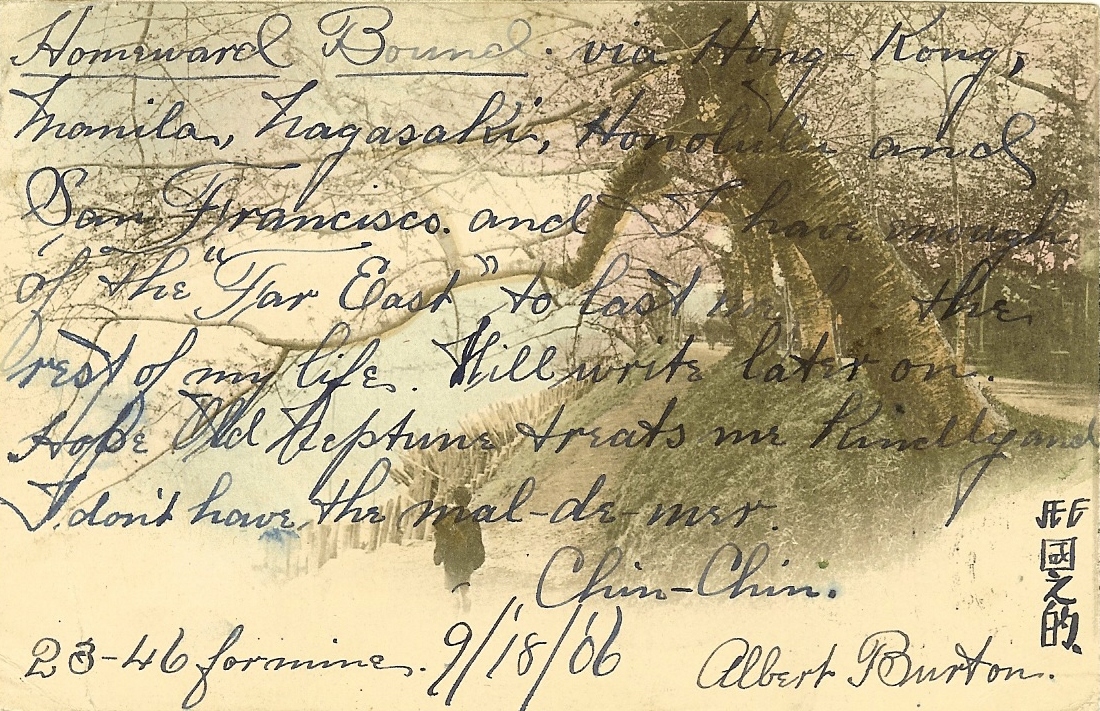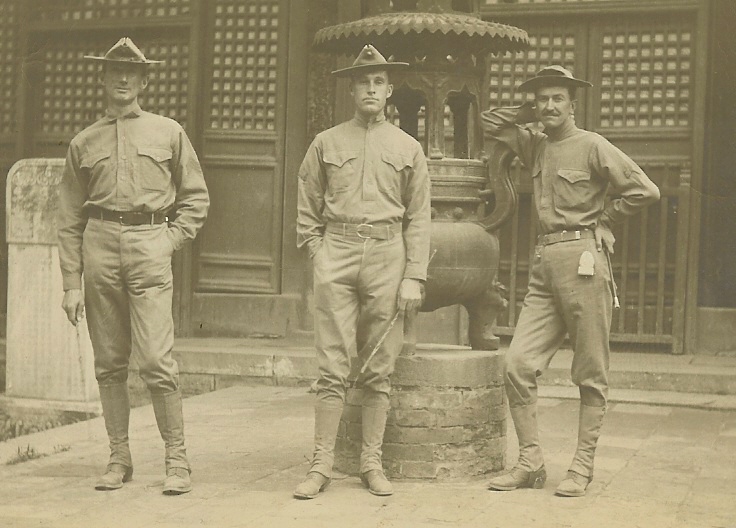
If you follow popular legend you might think the China Marines were undisciplined cavaliers. Make no mistake these men were a highly disciplined professional combat force whose steadfastness in both peace and war brought pride and honor to the United States. For me the one story that illustrates best who these men really were, was told by Ambassador Nelson Johnson’s son, who as a young boy was being evacuated from Peiping with his mother and younger sister shortly before the start of WWII. The Ambassador’s family boarded a train leaving Peiping for the coast. Since the summer of 1937 when the Japanese Army had occupied Peiping, the level of harassment toward Americans steadily increased to a point where even the American Ambassador now realized his family was in danger. Armed with tickets the mother and her children entered their private compartment on the train, outside the door stood a single Marine with orders that no none was to enter that compartment. Unfortunately, the Central Peiping railroad station was crowded that morning with a large number of armed Japanese soldiers preparing to depart for the front. Several Japanese officers perhaps intent on continuing the harassment of westerners boarded the train and demanded entry into the private compartment. When they shouted for the Marine guard to move, he held firm. When they attempted to push their way past him, he held firm. Finally after more shouting and pushing it became clear the Marine was prepared to use deadly force to ensure no one would disturb the Ambassadors family, did the Japanese officers back down. As the son later told me, the Marine was ordered to allow no one to enter their compartment and he was prepared to die to enforce the order he was given.
This section contains a still growing list of China Marine personalities, both famous and not so famous, China Marine portraits, and first-hand accounts that might be of interest to the history of China Marines. Ultimately, I would also like to use this section to add a list of terms and phrases used by the Marines during their association in China.
.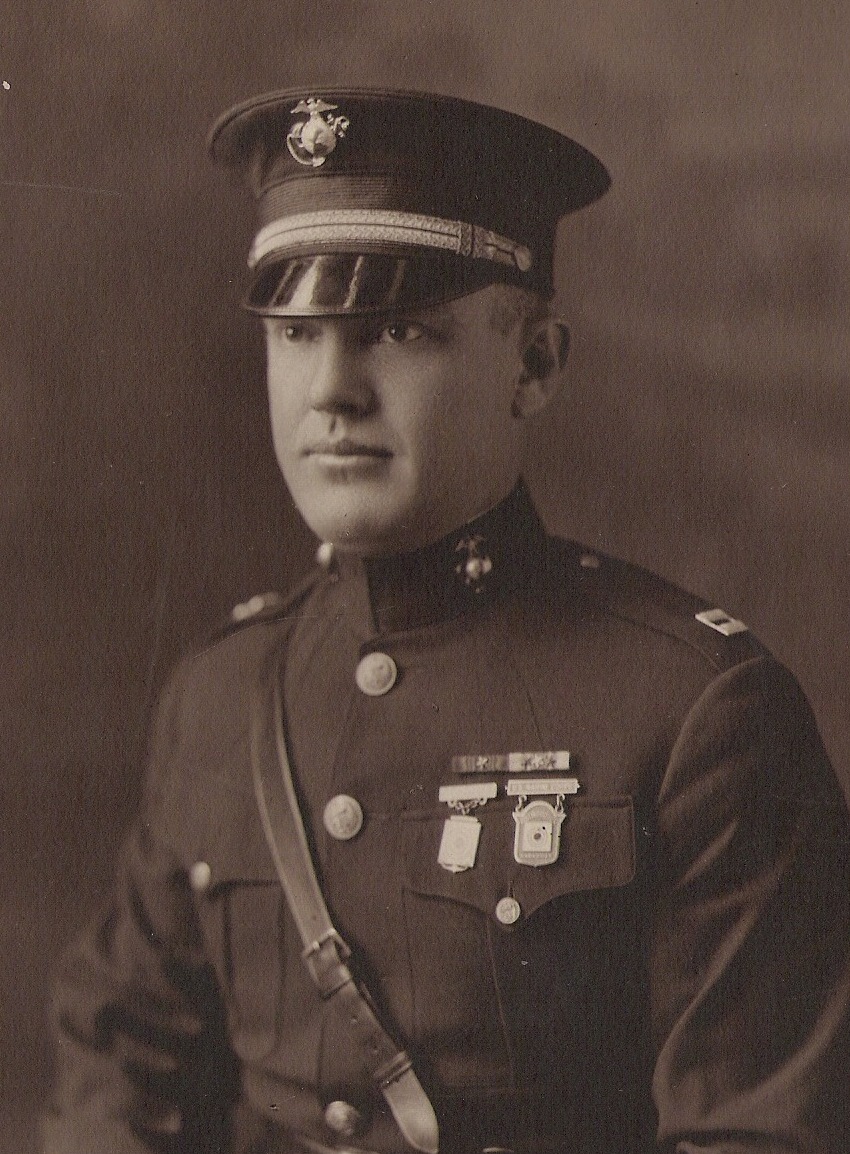
Colonel (seen as a Captain in China) William W. Ashurst: Last Commander of the North China Marines 1941.
(Photo courtesy of the 1Sgt Mark A. Barry Collection)

Lt Colonel George Barnett and the American Minister to China. Barnett, as Commandant would lead the Marines during World War I

PFC Chester Biggs. Biggs was part of the last full draft of Pre-War China Marines (May 1940). He was captured at Peiping, December 8, 1941. Liberated at the end of the war, Biggs would continue serving in the Marine Corps and retired as a GySgt in 1959. Upon retirement GySgt Biggs wrote several books dealing with the China Marines. My interviews with him form the basis for a number of sections on this web site.
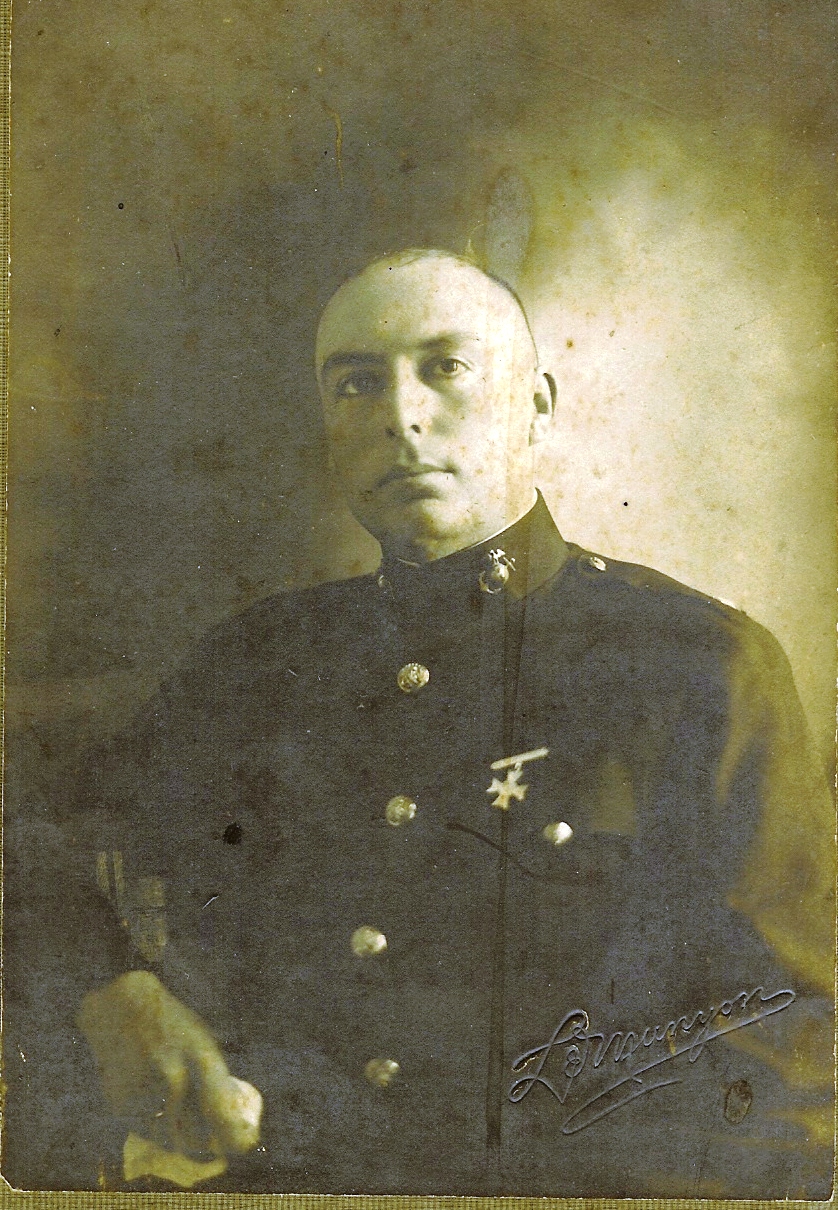
Lt Epamindondas Bigler. c. 1910. One of the first Marine Language Attache's and briefly after World War I, Commander of the Legation Guard Detachment.
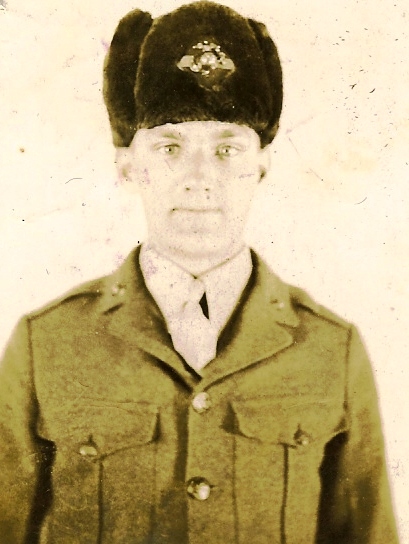
Edwin C. Bock: Pvt Bock's diary of his daily activities from enlistment (1932), through duty in China (1935).

Captain Robert S. Brown, outside his family's quarters, Peiping China. Major Brown, would be killed in action on Guadalcanal Island, 14 September 1942. He would be subsequently awarded the Navy Cross
(Photo courtsey the Robert Brown family)
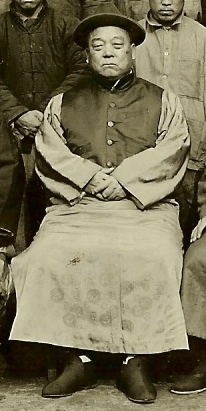
Mr. Chang Bon-shang. Employeed by the US Government since the Boxer Rebellion, Mr. Chang became the senior Chinese employee at the Legation. Responsible for managing Chinese employees in the Quatemaster Compound, he was much admired by all. When Chang died in 1935, the Marine Band marched in his funeral procession.

Colonel John Beaumont: Commander, 4th Marines 1933-36. As commander of the 2nd Marine Brigade, Beaumont retunred to Shanghai in 1937 as a Brigadier General.

BG Smedley Butler: First saw combat during the Boxer troubles (1900) and later returned to China as a Brigadier General to Command the Marine Expeditionary Force in China 1927-29.
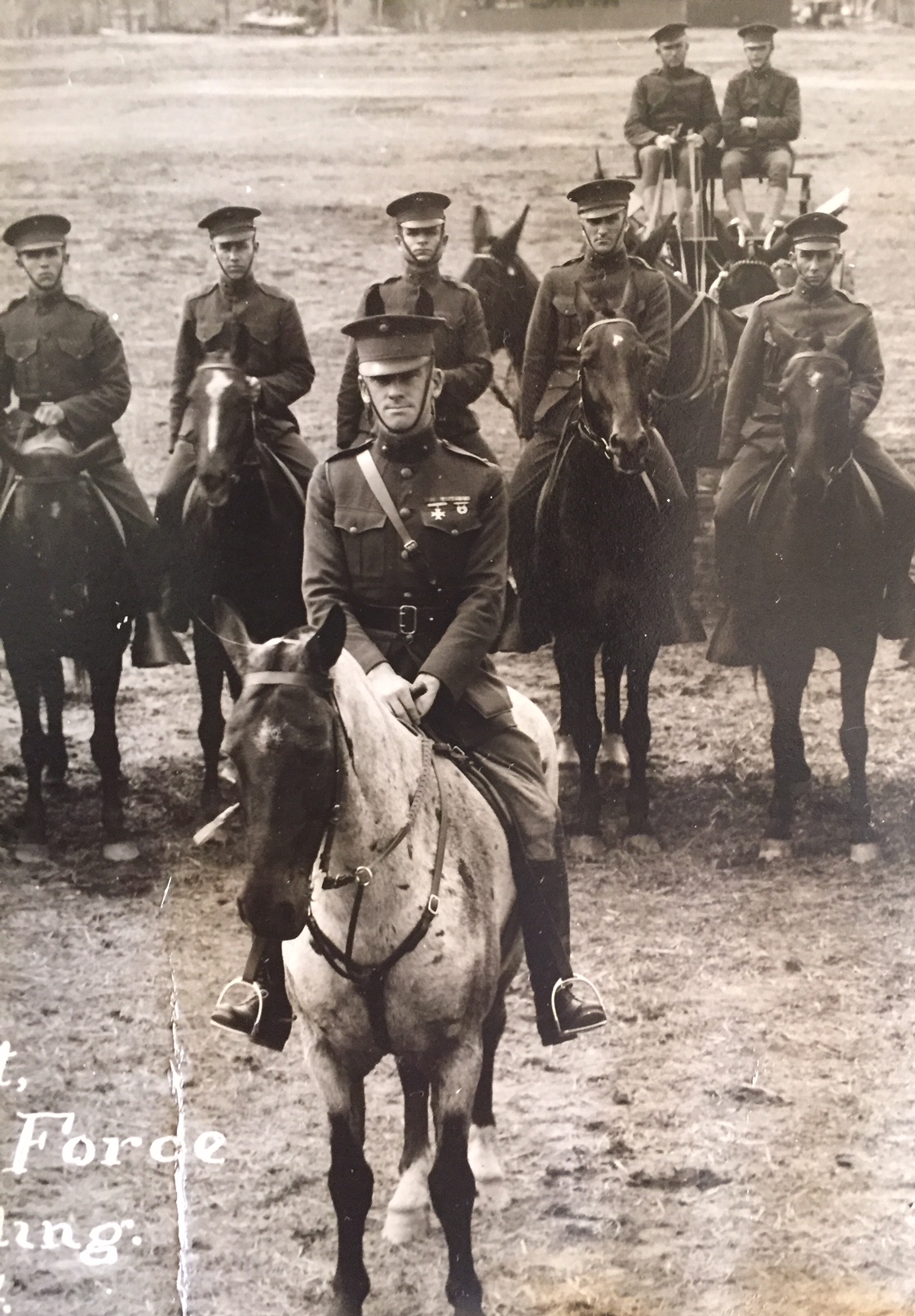
2 Lt Evans F. Carlson. Carlson, seen here as a new Second Lieutenant at Quantico, Va would later go on to serve three China tours and during World War 2, as the Commander of the Second Marine Raider Battalion "Carlson's Raiders."
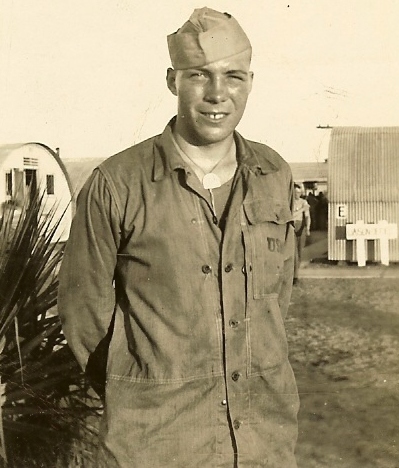
Pvt Gale Coulter: Post War China Marine, Tangku, 1st Marine Division.
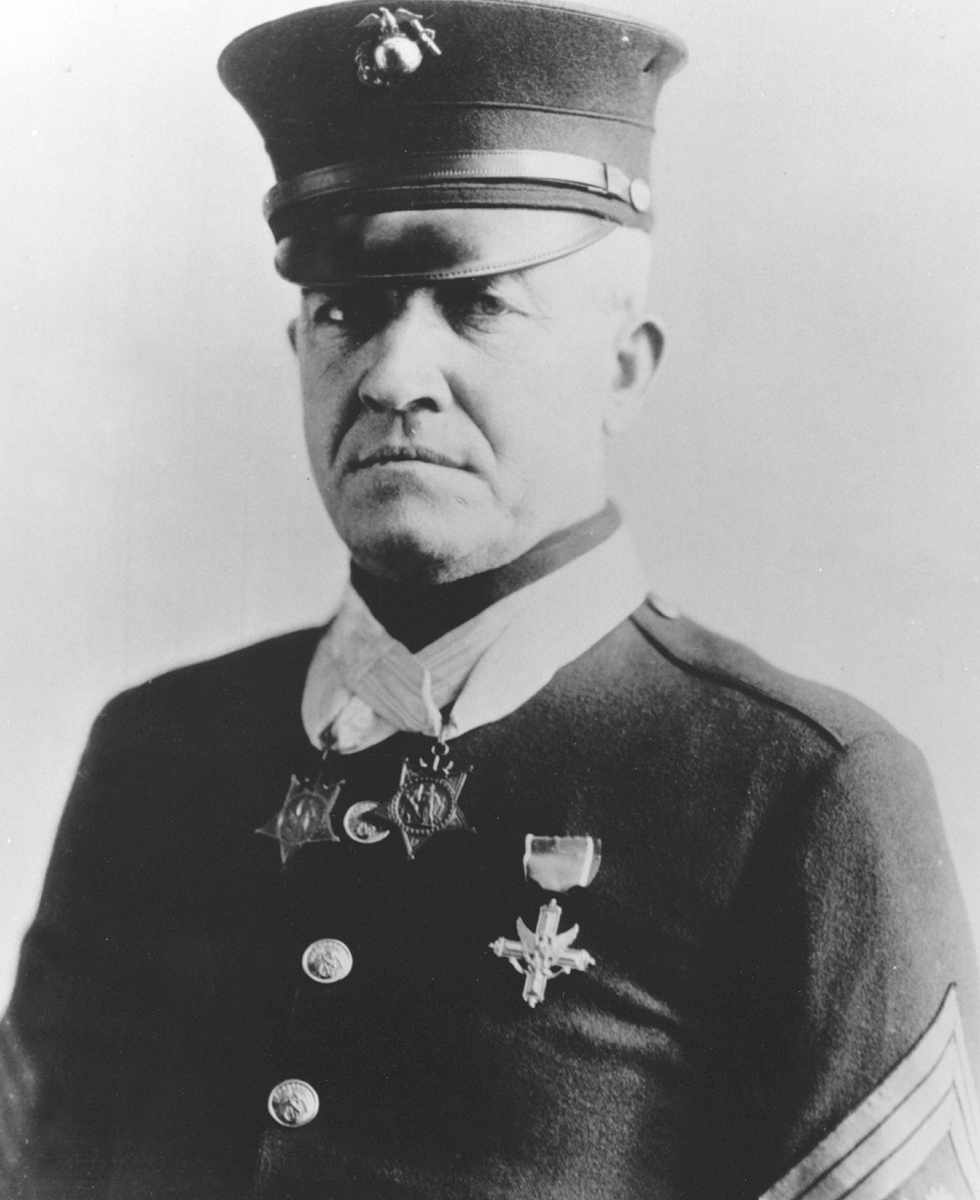
Pvt Daniel Daly: Medal of Honor winner, Peking 1900.
(Photo courtesy of the Marine Corps History Division)
Cpl Leonard Dombroski: Arriving in Shanghai with the 6th Marines and later joining the 4th Marines, Dombroski served in Shanghai 1937-38 later transfered to Peiping 1938-39.

Roy S. Geiger, served in China 1913-16 and later went on to command the III Amphibious Corps during WWII
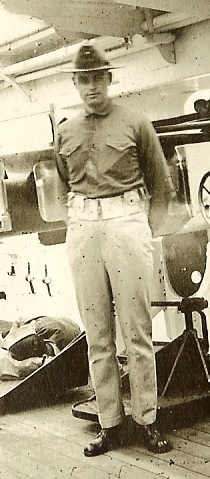
Pvt Clarence Harvey: Seagoing Marine, USS Cincinnati 1912-15.
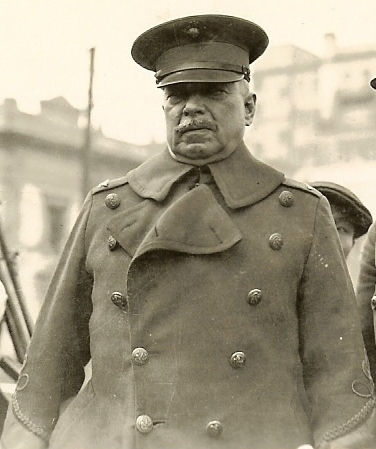
Colonel Charles Hill: Commander, 4th Marines 1927.
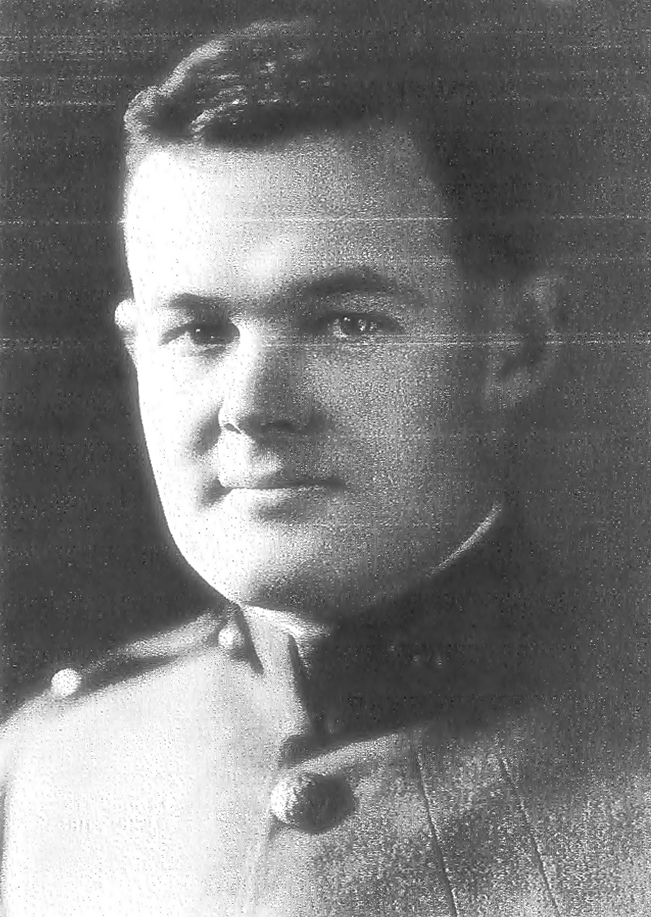
Capt William Hill: Served as a Company Commander at Peking and as the Chief Topographer for the Roy Chapman Anderws Gobi Desert Expedition to Mongolia. Hill would ultimately become the Marine Corps Quatermaster General and retire as a Maj General.
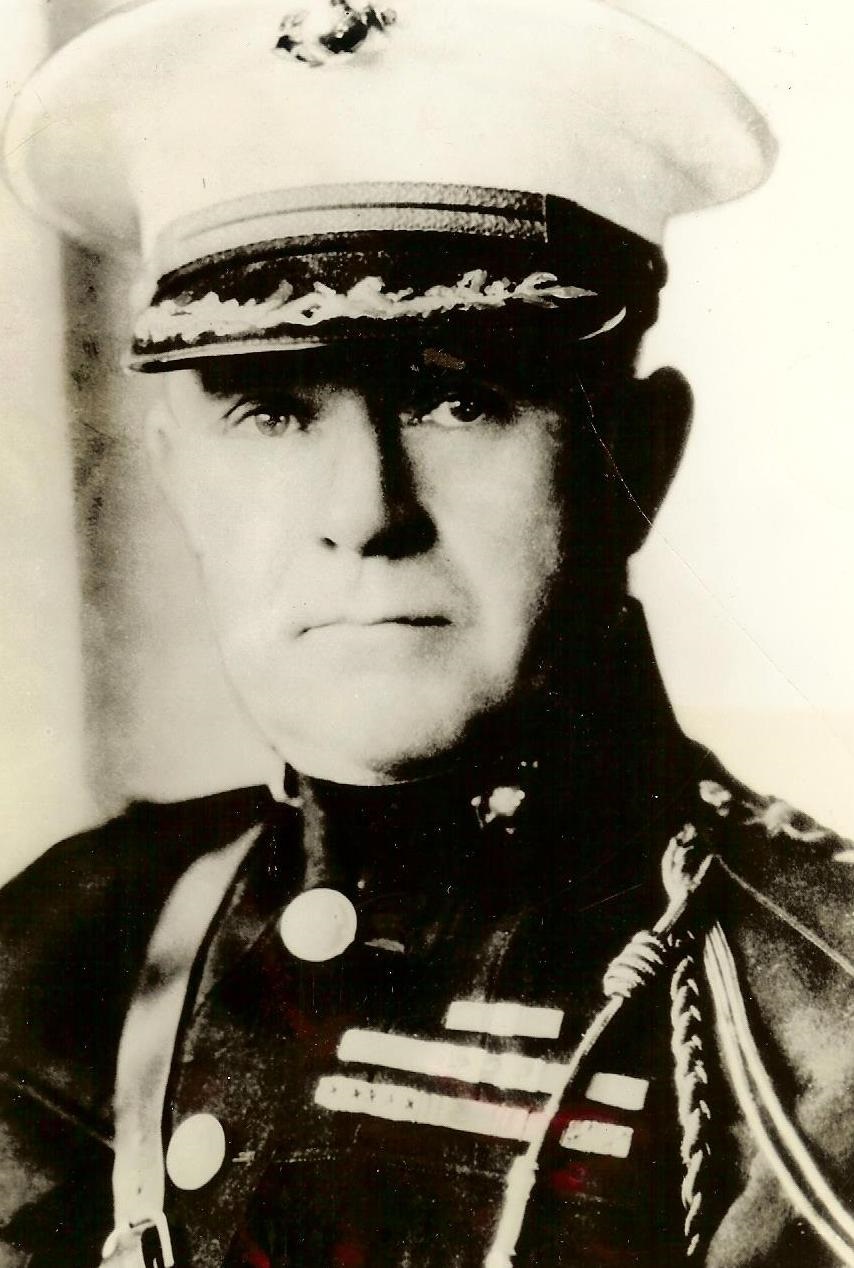
Colonel Thomas Holcomb: In 1905 Holcomb arrived as part of the first permanment Marine Legation Guard. He returned in 1908 and several years later became on of the first Marine Language Attache's in China. He served as the commander Marine Detachment Peiping 1927-30. In 1936 he became the 17th Commandant of the Marine Corps.
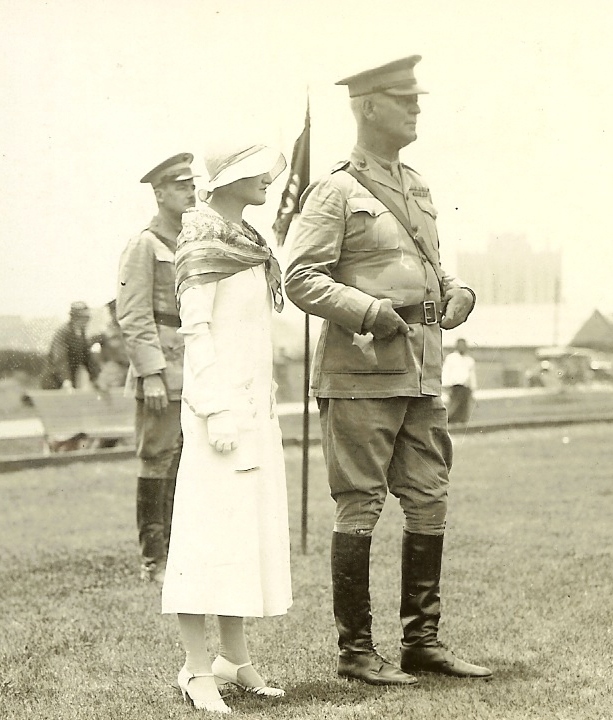
Colonel Richard S. Hooker: Commander, 4th Marines 1930-32.
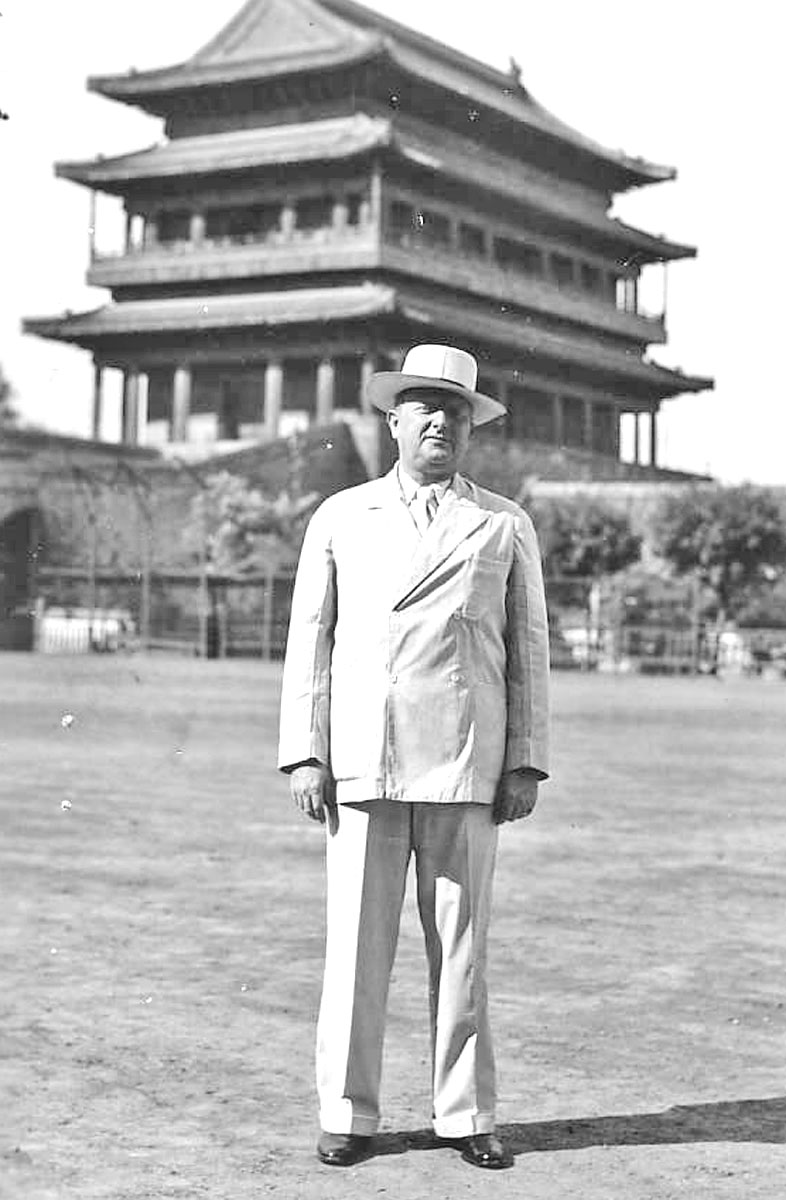
Ambassador Nelson T. Johnson: Minister and later Ambassador to China 1928-41.
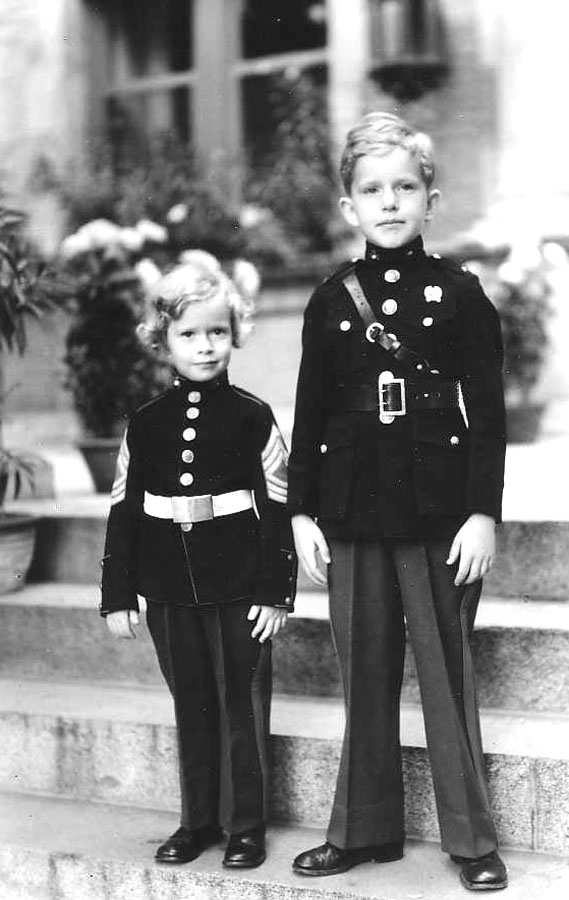
Betty Jean and Nelson Johnson Jr. Children of Ambassador Nelson Johnson, pose with their Peking-made Marine uniforms. These were created by the Post Tailor and cut from real Marine uniforms (Photo courtesy of the Johnson family).
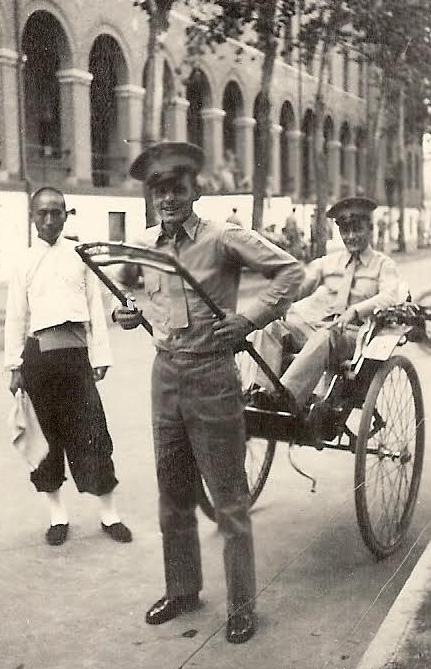
Field Music Thomas E. Kendley pulling a fellow Marine in a rickshaw in front of the West Barracks. Photo courtesy of the Kendley family.
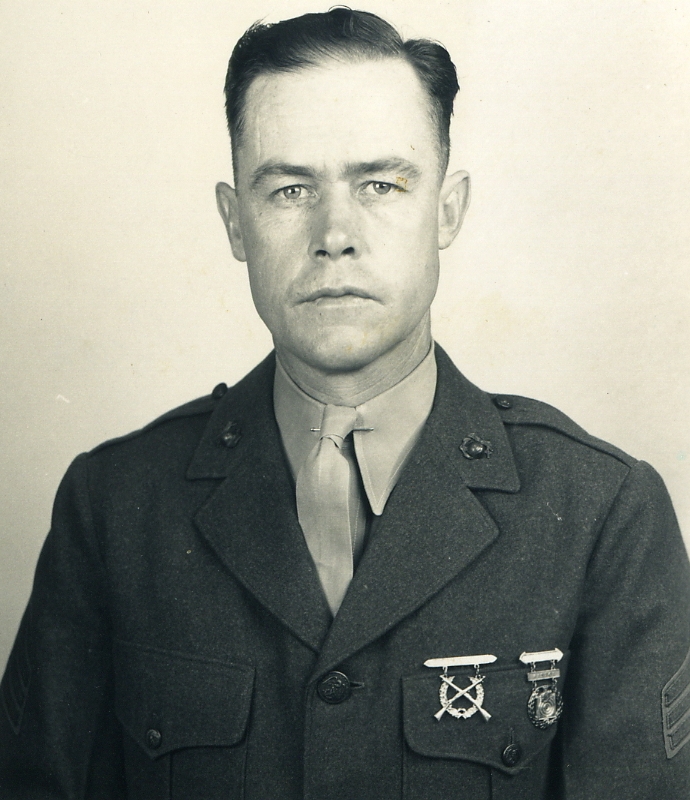
Sgt Michael H. Lawless (Photo courtesy of the Lawless family)
Click here to see photos and artifacts from Sgt Lawless
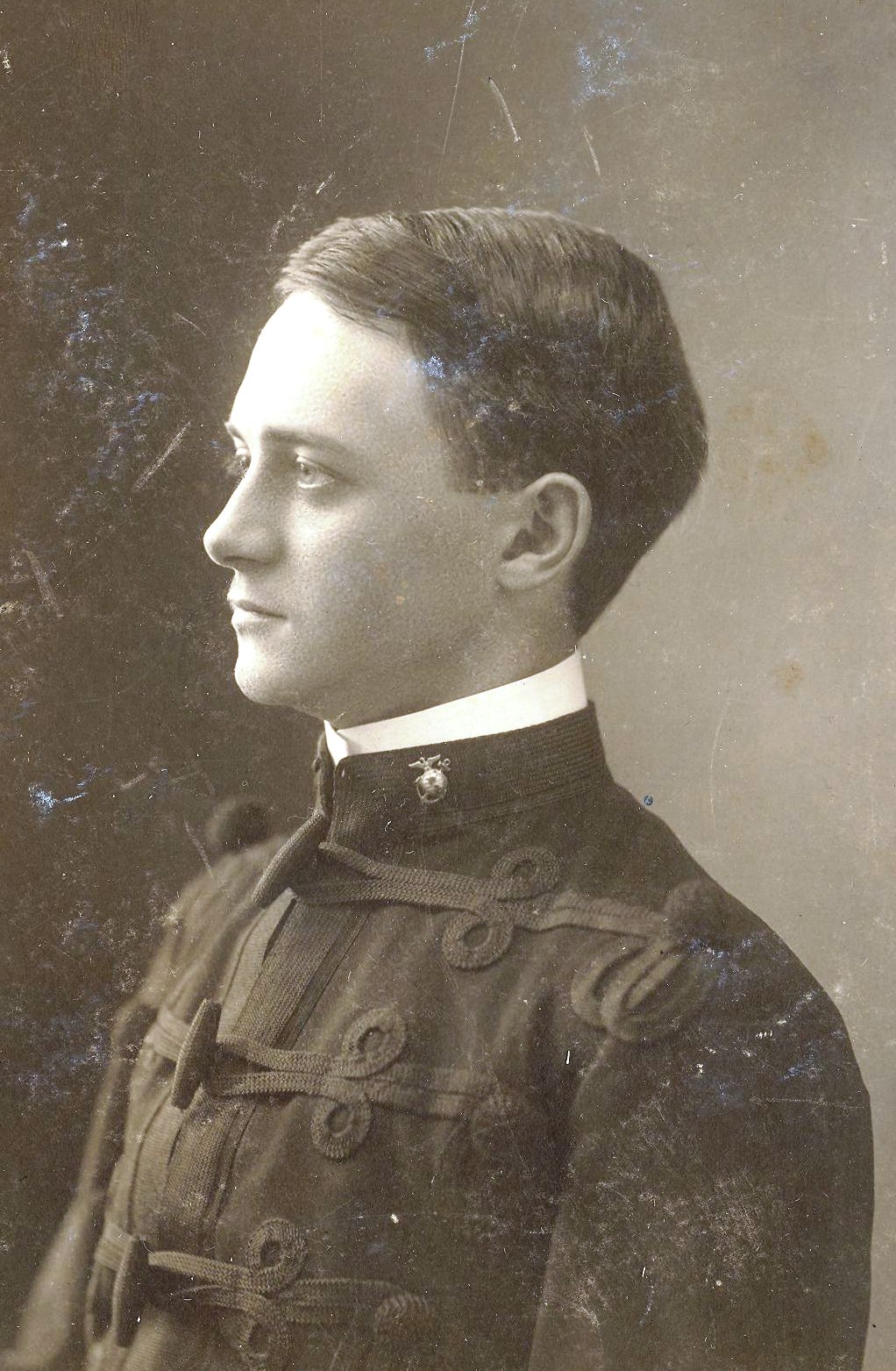
Capt Henry Leonard: Wounded at Tientsin (1900). Served as the first Marine Attache' and was accredited to China in that capacity 1905-07.
(Photo courtesy of the Alfred Gray Center)

Sallie Lytle: Wife of Chief Pay Clerk John Lytle. Sallie's impressions of China were recorded in a series of Letters to her stateside nieces.

John Van Antwerp MacMurray. American Minister to China 1925-1929.

Capt James McHugh: Served as a Company Commander, Language Officer (1926-30) and later with the OSS during WWII.
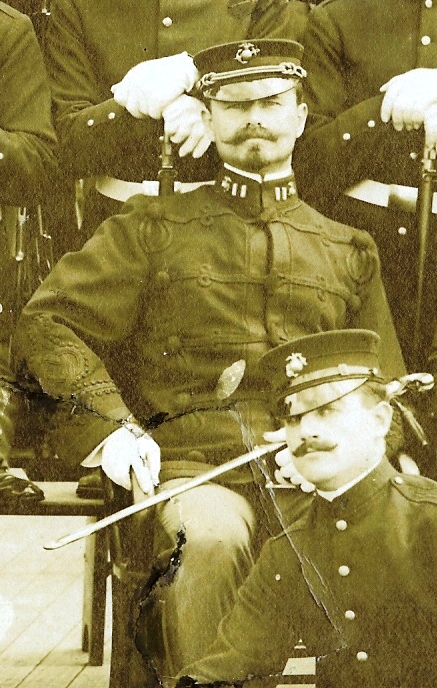
Capt John T. Myers: Commanded the detachment of Marines who defended the American Legation during the Boxer Uprising. The officer in this picture has been tentatively identified as Myers.

Colonel John Marston, Commander of the Marine Detachment, Peiping 1937-39.
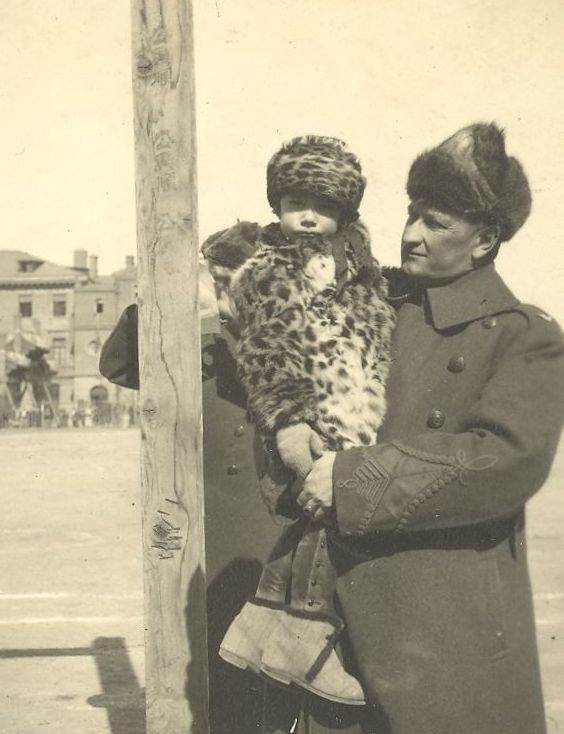
Colonel Wendell Neville: Commander Marine Detachment Peking 1915-1917. In 1929 Neville became the 14th Commandant of the Marine Corps.
(Photo courtesy of the Alfred Gray Center)
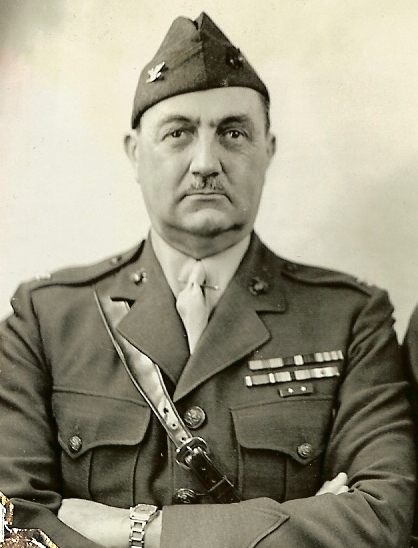
Colonel Charles F. B. Price: Commander, 4th Marines 1936-38. Price would ultimately retire as Major General
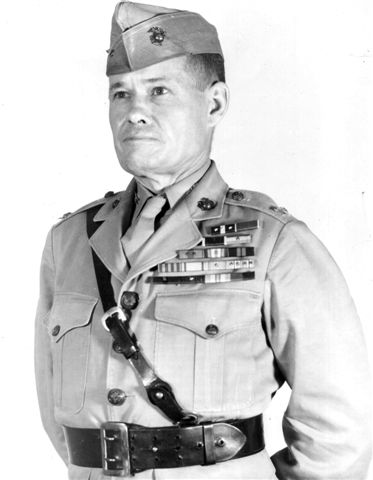
Capt Lewis "Chesty" Puller: Commanding Officer, Mounted Detachment 1933-34, Commander of the Marine Detachment USS Augusta.
(Photo courtesy of the Marine Corps History Division)
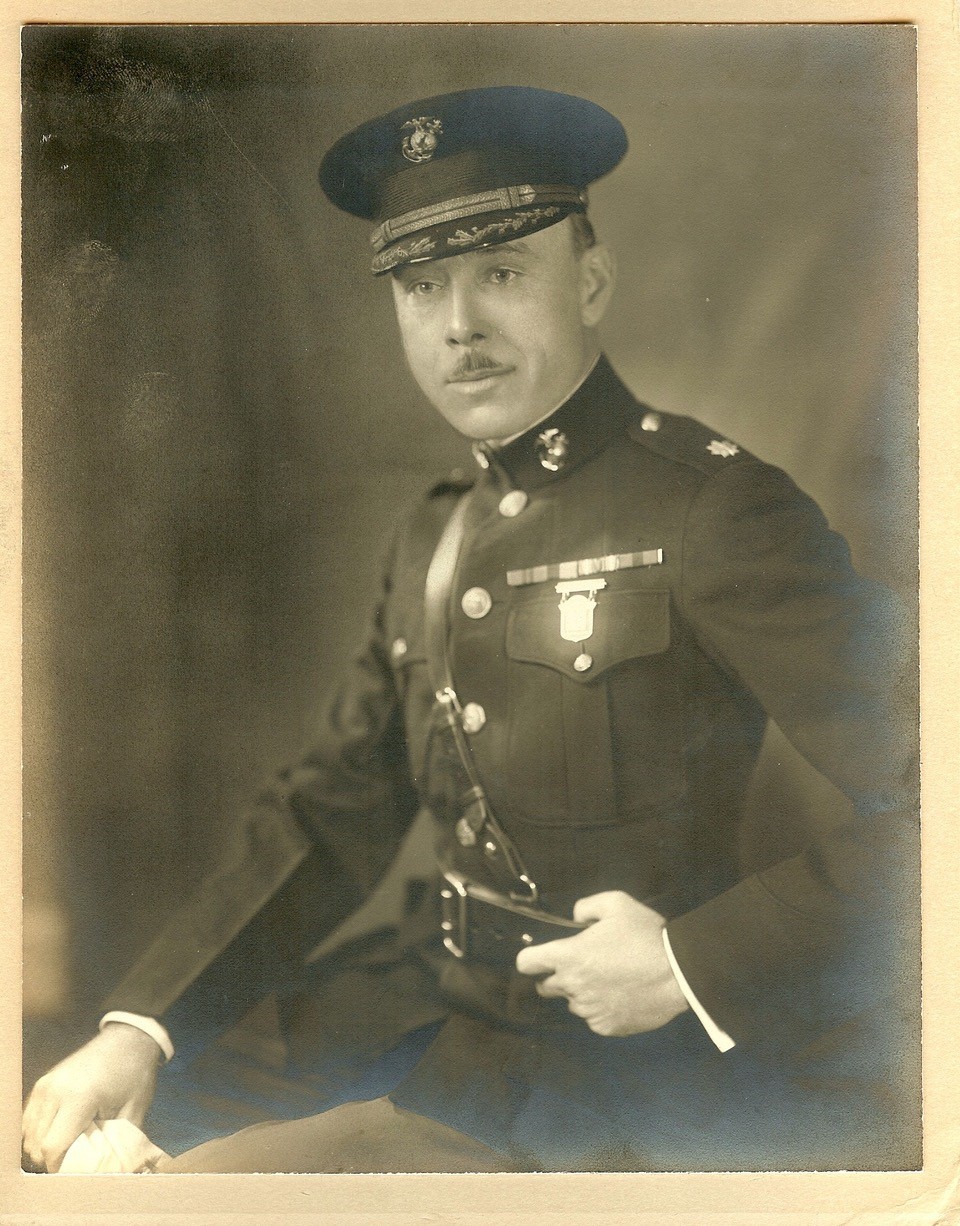
Maj Wlliam H. Rupertus, Peiping China c. 1929. Rupertus would go on to become a Maj General during WWII (photo courtesy of the Rupertus Family Collection)
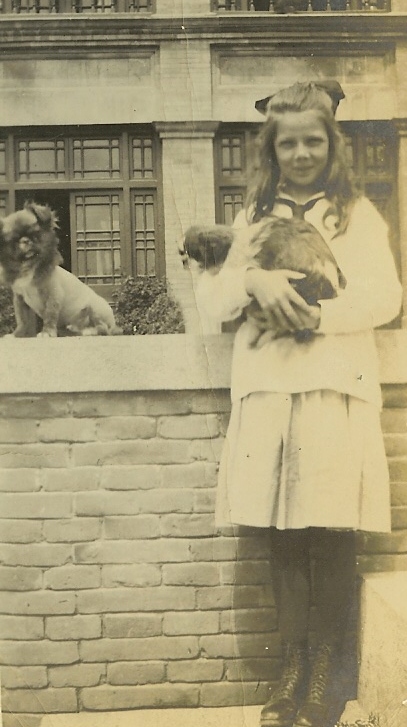
Brooke Russell (Astor): The daughter of Maj John Russell, Legation Guard Commander 1910-12. Later known as a generous philanthropist and socialite, she wrote a lively account of her time in China entitled "Patchwork Child: Early Memories"

Maj John Russell: Commander of the Marine Detachment Peking 1910-12. Father of Socialite Brooke Astor. Maj Russell became the 16th Commandant of the Marine Corps in 1934.

Lt Dewolf Schatzel, The last commander of the Mounted Detachment 1937-38.

Capt John Thomason: Known as the Kipling of the Corps. A World War I veteran famous for his artwork and his writng. Served as a Company Commander. Peiping 1930-32.
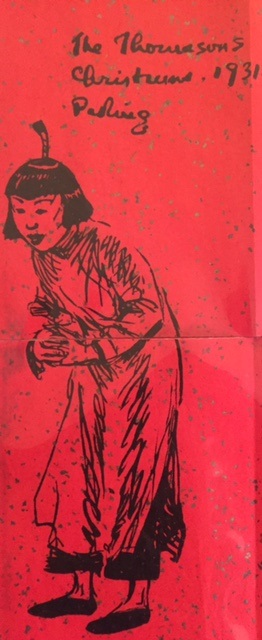
An original drawing done by Capt Thomason while in China

Colonel Alexander Vandegrift:
(Photo courtesy of the Marine Corps History Division)
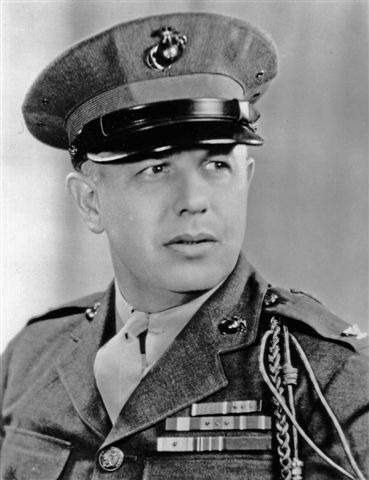
Capt William A. Worton:
(Photo courtesy of the Marine Corps History Division)
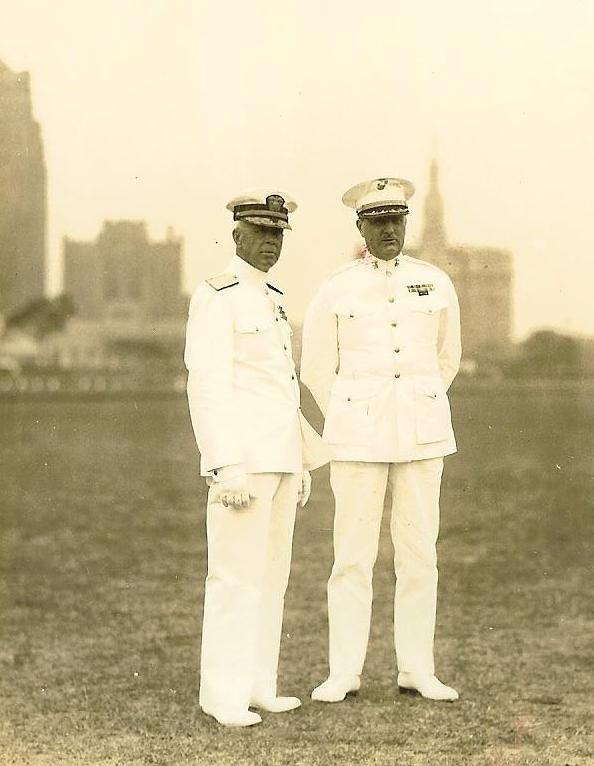
Admiral Harry E. Yarnell: Served with Asiatic Squadron during the Boxer troubles (1900) and in 1936 Commanded the Asiatic Fleet 1936-39. He is shown here with Col Price (R), commander of the 4th Marines.
Portraits: Click here to see a section dedicated to portraits of China Marines
